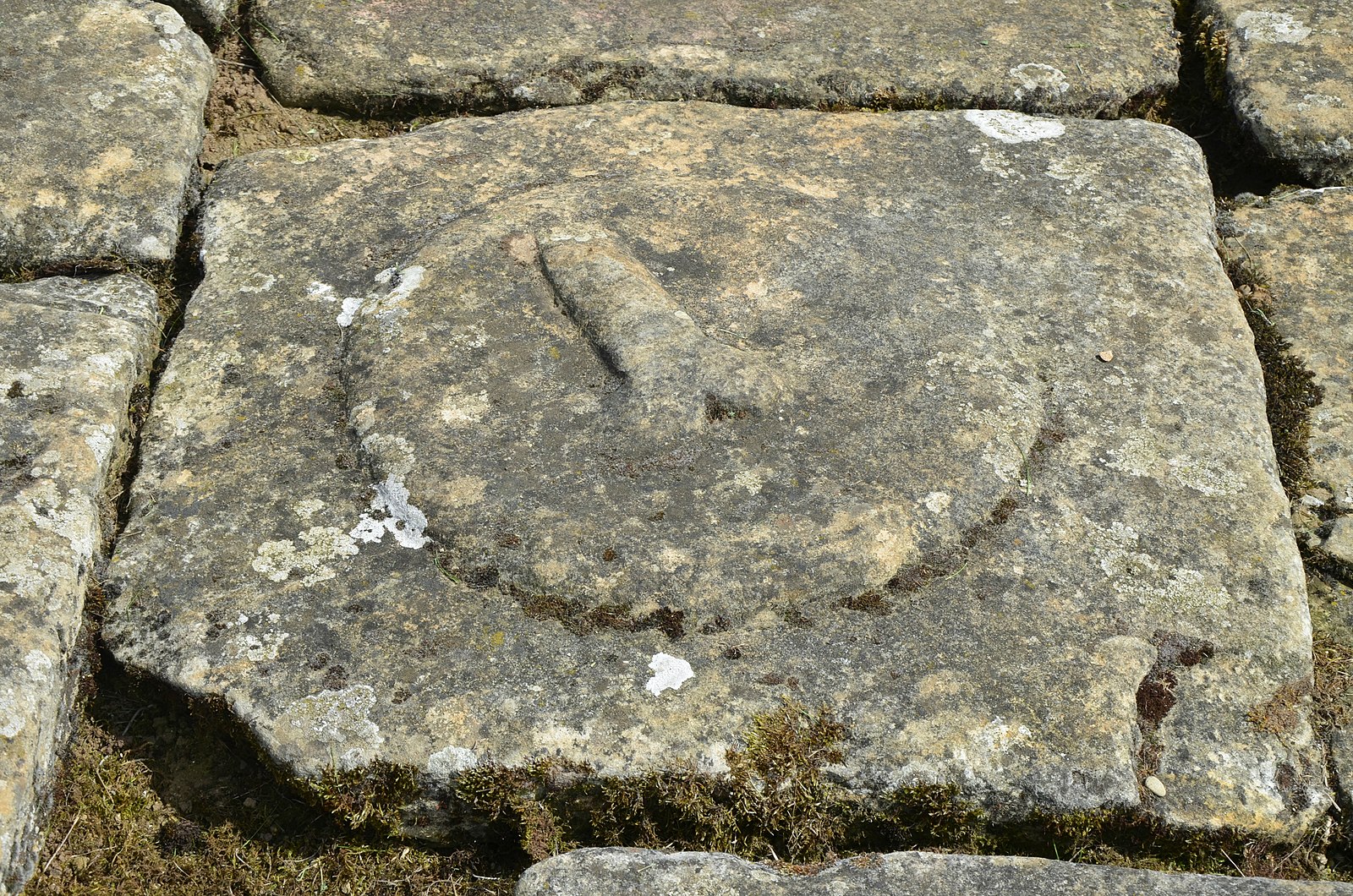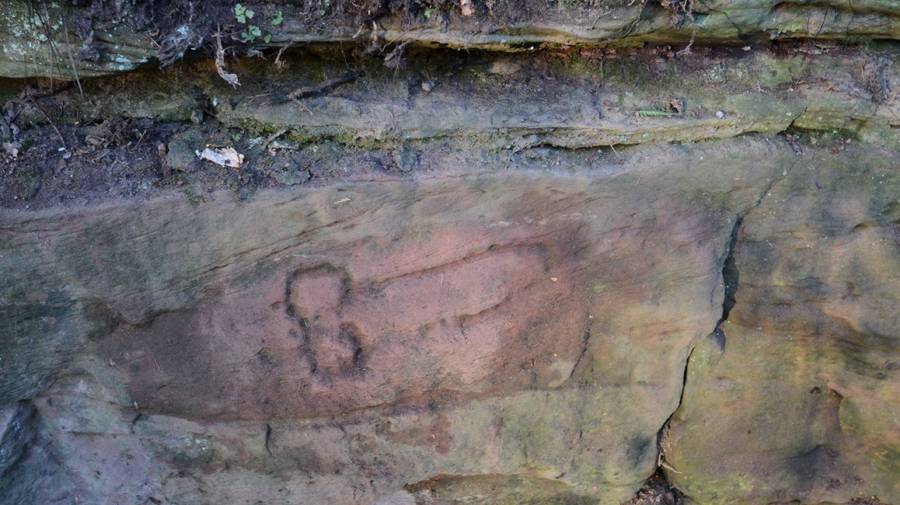The ancient Romans were prolific artists of dicks.
Charms, amulets, and necklaces decorated with a penis motif were commonly worn by people in the Roman civilization to improve fertility and ward away evil spirits and bad luck. Even children at this time were running around sporting little gold rings bearing male genitalia.
The phallic symbols were usually protective, but they weren't always so positive. Sometimes, like today, dicks of questionable artistic merit were used to make fun of people.
A penis carved carefully in stone was recently found near Hadrian's Wall in the United Kingdom and is a perfect example of just that.
"It looked from the back like all the others, a very ordinary stone, but when I turned it over, I was startled to see some clear letters," recalls the retired biochemist Dylan Herbert, who found the stone while volunteering on an excavation.
"Only after we removed the mud did I realize the full extent of what I'd uncovered, and I was absolutely delighted."
Next to the phallic imagery, the third-century graffiti artist wrote "SECVNDINVS CACOR", which experts suspect is a quick version of "Secundinus, the shitter".
Each letter is carved into the rectangular stone slab, which measures 40 centimeters wide by 15 centimeters tall (about 16 by 6 inches). The penis itself has had its border deeply chiseled away.
The effort would have taken quite a while, which speaks to the motives of the carver.
"Its author clearly had a big problem with Secundinus and was confident enough to announce their thoughts publicly on a stone," says archaeologist Andrew Birley, the director of the excavations.
"I have no doubt that Secundinus would have been less than amused to see this when he was wandering around the site over 1,700 years ago."
But soldiers walking by the graffiti were probably entertained by the mockery.
For nearly a century now, researchers have studied Vindolanda, an ancient Roman fort just south of Hadrian's Wall, to better understand the history of Roman borderlands.
Compared to other sites along the wall, the UNESCO World Heritage Site is practically covered in dicks. Thirteen have been found so far at Vindolanda, including the recent insult to Secundinus.
Other items adorned with dicks found at the fortress include fertility statues, the lids of boxes, and horse riding gear.
 An ancient Roman statue found at Vindolanda holding a penis. (The Vindolanda Trust)
An ancient Roman statue found at Vindolanda holding a penis. (The Vindolanda Trust)
The border of Hadrian's Wall is littered with a litany of dick pics probably as a spiritual form of protection in this politically tense region. Up to 59 etchings have been found along the length of the wall so far, but most individual sites only hold four or so.
The abundance of phallic imagery at Vindolanda suggests it was a particularly important fortress.
 A phallus carved on a flagstone along Hadrian's Wall. (Carole Raddato/Flickr/CC BY-SA 2.0)
A phallus carved on a flagstone along Hadrian's Wall. (Carole Raddato/Flickr/CC BY-SA 2.0)
"There is a clear relationship between phallic carvings and military sites," wrote archaeologists in a paper from 2017, "particularly on the Hadrianic frontier where a significant density of military installations remained in operation for several centuries."
 A phallic engraving found in a quarry near Hadrian's Wall. (Newcastle University)
A phallic engraving found in a quarry near Hadrian's Wall. (Newcastle University)
It wasn't just the ancient Romans that had a fascination with phallic graffiti, either. Stone carvings of penises in Greece have been found dating back 2,500 years.
The inscription about Secundinus, however, is somewhat different from what's been found before. It suggests the penis wasn't just carved for passive, practical purposes, as some researchers have previously hypothesized.
Instead, some phallic engravings were meant to be engaged with, to amuse or insult (possibly to do a bit of both).
Over a thousand years later, it still brings a smile.
